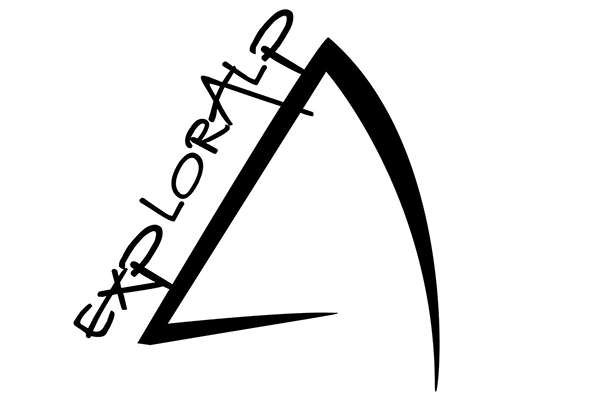THE ALPS: THE MOUNTAINS IN THE EARTH OF EUROPE
The Alps are the great mountain range system of Europe. Stretching approximately 1,200 kilometres (750 mi) across eight Alpine countries, from Austria and Slovenia in the east to Switzerland, Liechtenstein, Germany, and France to the west, and Italy and Monaco to the south, these mountains were formed over hundreds of millions of years as the African and Eurasian tectonic plates collided.
Extreme shortening caused by the event resulted in marine sedimentary rocks rising by thrusting and folding into high mountain peaks such as the highest Mont Blanc (4810m) or the Dolomites area.
Evidence of human habitation in the Alps goes back to the Palaeolithic era. In 1991, a mummified man, ascertained to be 5,000 years old, was discovered on a glacier on the Austrian–Italian border.
He is now conserved in the city of Bolzano and called Otzy.
By the 6th century BC, the Celtic culture was well established and the Romans had settlements in the region, building sophisticated roads across several passes to connect the Italian peninsula with the north of Europe.
The 18th and 19th centuries saw an influx of naturalists, writers and artists, in particular the Romantics, followed by the golden age of alpinism as mountaineers began to ascend the peaks
During the First World War the mountain border between Italy and Austria was the highest battle field of the conflict.
The Alpine region has a strong cultural identity. The traditional culture of farming, cheese making and woodworking still exists in Alpine villages, although the tourist industry began to grow early in the 20th century and expanded greatly after World War II to become the dominant industry by the end of the century.
At present the region is home to 14 million people and has 120 million annual visitors.


